Why is it that hibernation season seems to coincide with spending-all-your-cash season? Here's how to make sure you're not broke by spring.
By Lynn Andriani
Not Budgeting For Crab Rangoon
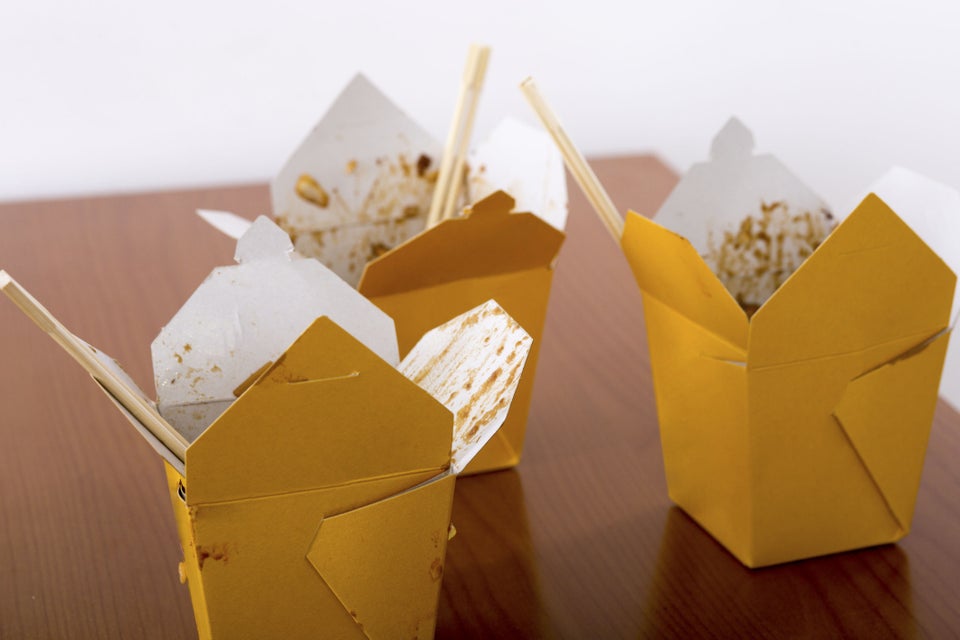
Thinkstock
Whether it's a pizza, chicken wings or crab Rangoon, sales of dinner orders at Delivery.com jump by 25 percent in colder months, according to data from that site and Rent.com. A recent national survey of 1,000 U.S. renters found that chilly temps are one of the top reasons customers (especially those in the New York City area, San Francisco, Washington D.C., Chicago and Boston) don't want to leave their apartments to go to the grocery store or to a restaurant. Not surprisingly, soup sales increase 53 percent in winter -- and with the average cost of chicken udon noodle soup at $9.50, if you're ordering once a week, that's $38 a month -- not including tips and tax. Make your own for about $10 and you'll get about five helpings (you can freeze the soup in individual portions; just hold off on adding the noodles and put them in as you're reheating each serving) -- and save yourself at least $35 a month.
Cranking The Heat Instead Of Cranking The Fan
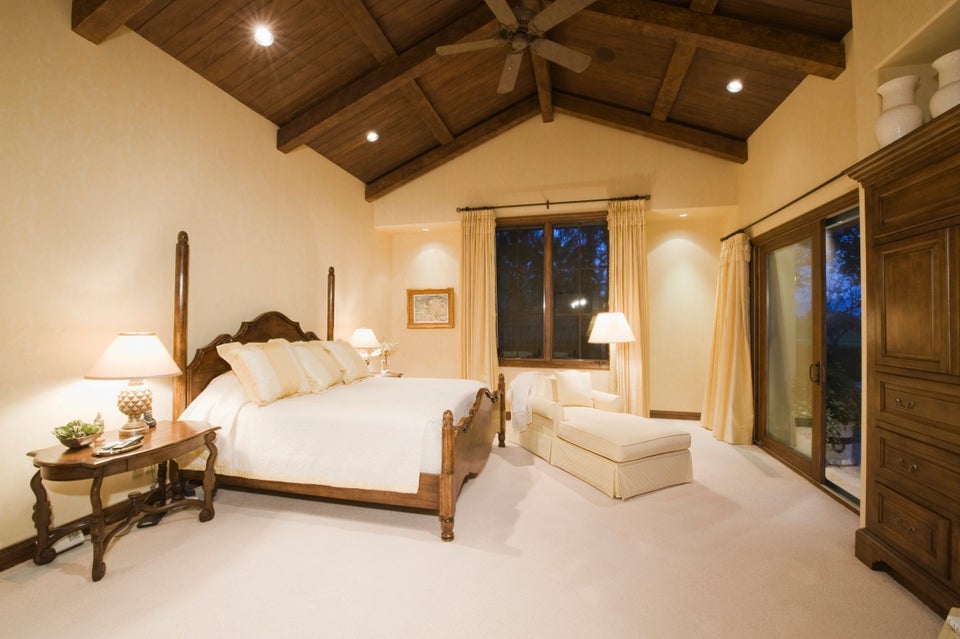
Thinkstock
Ah, high-ceilinged rooms: So spacious, so stately... and so, so cold -- even after you've installed double-pane windows, turned your thermostat down when you're not home and made sure your furnace is running optimally by replacing the filter every three months. Jacking up the heat is not the solution, though. As, um, you may have heard, hot air rises; so if you've set the thermostat to 68, the air around the ceiling could be 90 degrees or higher before the heater, which measures the temperature at a lower level, shuts off. To move that warm air down, turn on your ceiling fan, say the experts at Enervee a service that rates appliances' energy efficiency. Many newer fans have a switch that changes blade rotation; set it to clockwise to create an updraft that sends the warmer air that's pooled near the ceiling down. Low speed should be enough to circulate the air, so your heater has to work less -- and you'll wind up spending about 10 percent less on your heating bill (and actually want to spend time in that room again).
Running To The Health Food Store When You Have A Raging Sore Throat

Shutterstock
Not only is the proof that herbal supplements, such as echinacea, actually fight winter colds inconclusive -- but a recent test of 44 bottles of popular supplements found that many contain very little of what they say they do, and are full of fillers. Among the scientists' findings: Echinacea supplements that contained a ground-up bitter weed that's been linked to rashes, nausea and flatulence. Supplements can be expensive, too; a 100-capsule bottle of echinacea is about $10. Research supports the healing properties of one old-fashioned cure, though: honey, which acts like a moisturizer on dry, irritated throats. A bottle costs about $4 -- and has many uses beyond making it less painful to swallow.
Advertisement
Assuming You Must Pay To Check That Puffy Winter Coat
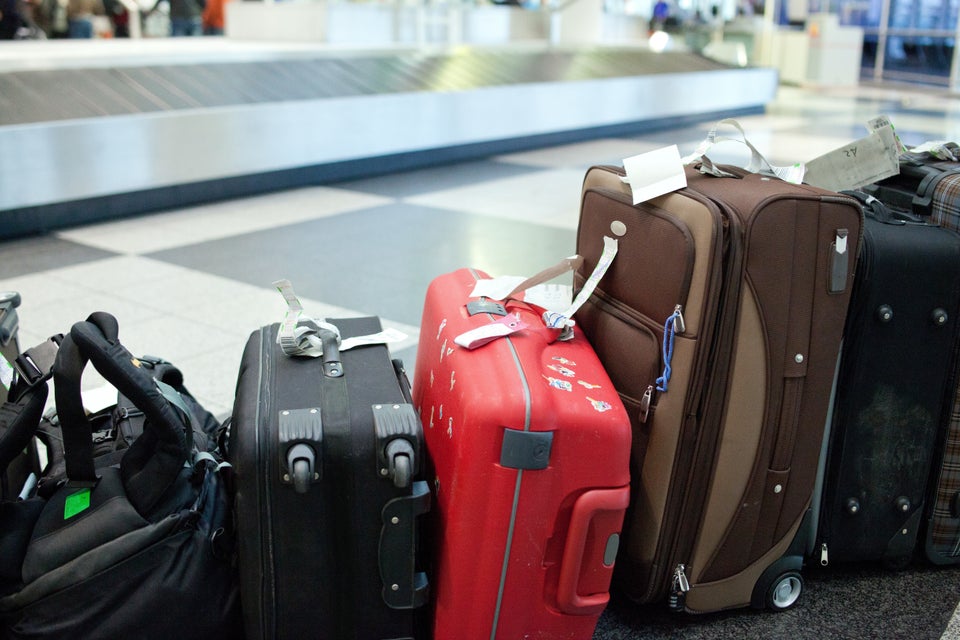
Getty Images
Mark Drusch, chief supplier relations officer at the value-minded travel site CheapOair, has worked in revenue management at Delta and Continental, and says there are ways to avoid the seemingly endless fees airlines tack on to already pricey fares. Checked baggage costs are a big one, especially in winter, when many people are traveling with more bulky clothing. If a family of four isn't savvy, they could spend $280 round-trip to bring their hats, scarves, sweaters and coats with them, since the average charge is $35 per bag, each way. Drusch's No. 1 piece of advice is to get a credit card that's affiliated with the airline you travel on most often. There might be an annual fee (the average is about $70), but the perks -- which can include free checked bags for you and up to seven people traveling with you -- are worth it. Plus, Drusch says many companies will give new customers the first year free (if they don't offer, ask them to waive the initial year's dues).
Spending That Gift Card You Got For Christmas On A Full-Price LBD
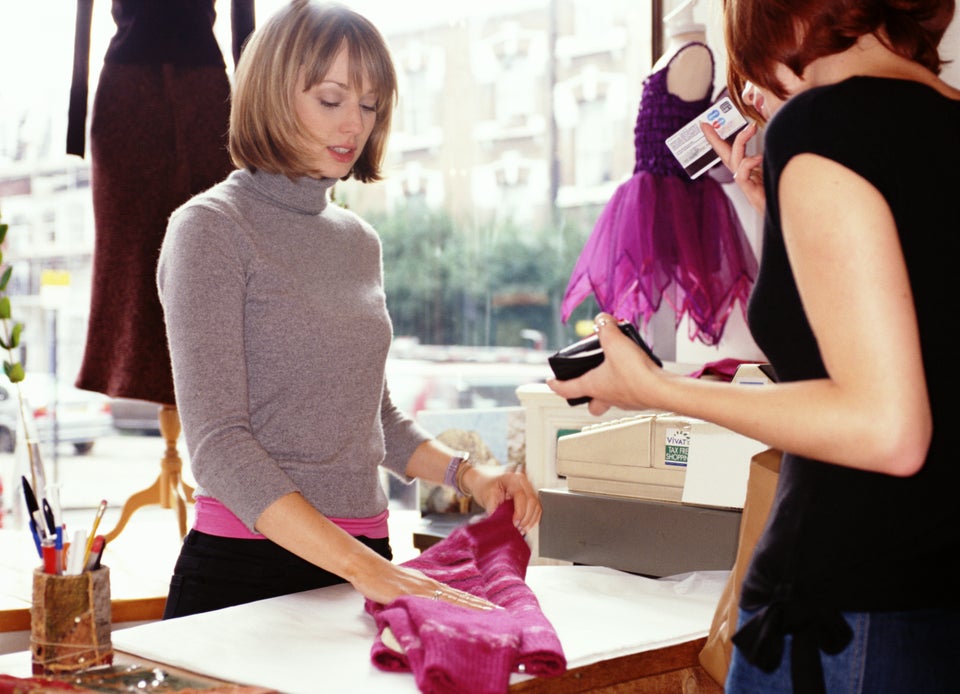
Getty Images
Just as it's easy to overspend if you're paying with a credit card, it's common for consumers to not be as cautious when using gift cards to pay for things as they would be if they were paying cash. It's something that Lauren Greutman, a Savings.com DealPro and founder of the frugal-living blog IamTHATLady.com, sees all the time. Somehow, she says, even the most careful shoppers—e.g., those who convert the price of an item into units they know well (like a jacket that costs as much as one month's interest payment)—blithely plunk down a gift card for a full-price little black dress they want to wear to a New Year's party (cocktail dresses are one item Greutman says are usually not on sale right after Christmas). Unless you love the retailer the gift card was for, exchange it for a store you'd shop at anyway, such as a drugstore or coffee chain.
Related
Before You Go
You're Making A Reservation On The Phone

Thinkstock
Even great restaurants have empty tables sometimes, and while you might be able to snag one by calling at 5:00 on the evening you want to eat, online services like Savored and OpenTable do a fine job of searching for availability -- plus, they reward you with a discount. If you use Groupon-owned Savored, for instance, which currently lists restaurants in 10 cities and is adding more soon, you could pay 30 percent less for food (and drinks, too) if you want to dine that night at 8 p.m., and up to 40 percent if you're willing to eat at 6 p.m. (bonus: no coupons necessary).
You're Walking In Hungry

Thinkstock
You've heard it's not wise to go grocery shopping when you're famished -- and it turns out that advice applies to dining out, too. Aaron Allen, a restaurant consultant who has advised clients including The Cheesecake Factory and TGI Fridays, says over-ordering is a common mistake among the ravenous. Two ways to avoid this pitfall: have a small snack before you leave home, or split an appetizer, which will leave you plenty of room for your entrée (and save you some money, too -- especially since appetizers are some of the most high-margin items on the menu).
You're Hoodwinked By A Smiley Face

Thinkstock
Allen sees tip inflation growing at an even higher rate than food inflation: It used to be that a gratuity of 10 percent was acceptable and the norm; then it went to 12 percent, because customers wanted to show that they weren't just satisfied -- they were impressed. This cycle continued, and now the typical amount is 20 percent, with some restaurants even suggesting 22 percent and higher at the bottom of the bill. Obviously, there are times when a very generous tip is appropriate (and it's still true that most servers make below minimum wage, so they really do depend on the extra cash). But base your tip on the service itself, says Allen -- not on what a restaurant "suggests." And beware tactics like the smiley face (one study found that people tip 18 percent more when a waitress draws one on the check).
Advertisement
You're Drinking The House Wine

Thinkstock
Although it sounds like a bargain, "house wine" is usually the worst value on a restaurant's list (unless, that is, you're dining in a quaint Italian village). Allen says the markup on these bottles -- which can be domestic or imported -- is often very high, since restaurants know they're an easy sell. Instead, consider the imported wine section of the menu -- these bottles used to cost much more than American ones but have become much more reasonable. Chilean varieties, in particular, are a great deal; Allen finds many restaurants are responding to customers' increased interest in reasonably priced Malbecs. (And, as always, consider ordering a bottle if your group is going to drink more than four glasses.)
You're Ordering The Wrong Vodka
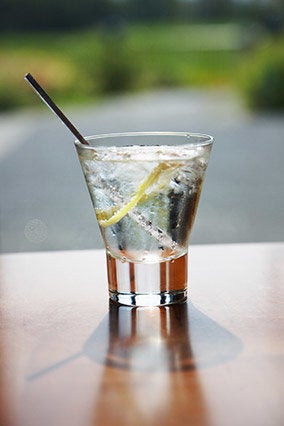
Thinkstock
Allen has noticed that if he orders a vodka tonic, a waiter will often ask, "'Would you like Grey Goose or Belvedere?' -- as if those are the only two choices." The truth is, if you're having a mixed drink, you don't necessarily need a premium spirit, and having your drink made with whatever is in the well -- bartender-speak for 'non-fancy liquor' -- is an easy way to lower your drinks bill. The well (also called the house pour) might be Absolut or Smirnoff, which are both perfectly fine mixed with tonic or juice but cost about two-thirds less.
Next: 7 things to stop spending money on right now
Next: 7 things to stop spending money on right now